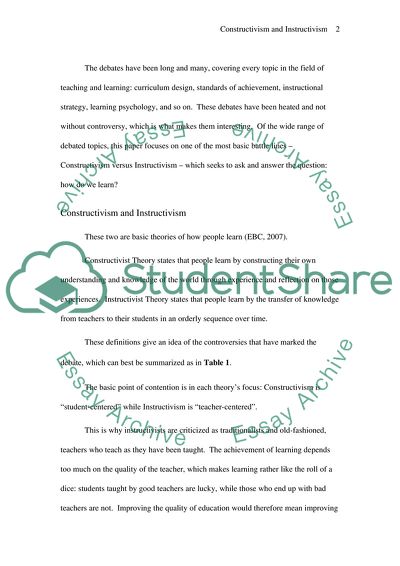Cite this document
(“Constructivism and Instructivism in Teaching and Learning Essay”, n.d.)
Constructivism and Instructivism in Teaching and Learning Essay. Retrieved from https://studentshare.org/education/1539322-constructivism-and-instructivism-in-teaching-and-learning
Constructivism and Instructivism in Teaching and Learning Essay. Retrieved from https://studentshare.org/education/1539322-constructivism-and-instructivism-in-teaching-and-learning
(Constructivism and Instructivism in Teaching and Learning Essay)
Constructivism and Instructivism in Teaching and Learning Essay. https://studentshare.org/education/1539322-constructivism-and-instructivism-in-teaching-and-learning.
Constructivism and Instructivism in Teaching and Learning Essay. https://studentshare.org/education/1539322-constructivism-and-instructivism-in-teaching-and-learning.
“Constructivism and Instructivism in Teaching and Learning Essay”, n.d. https://studentshare.org/education/1539322-constructivism-and-instructivism-in-teaching-and-learning.


